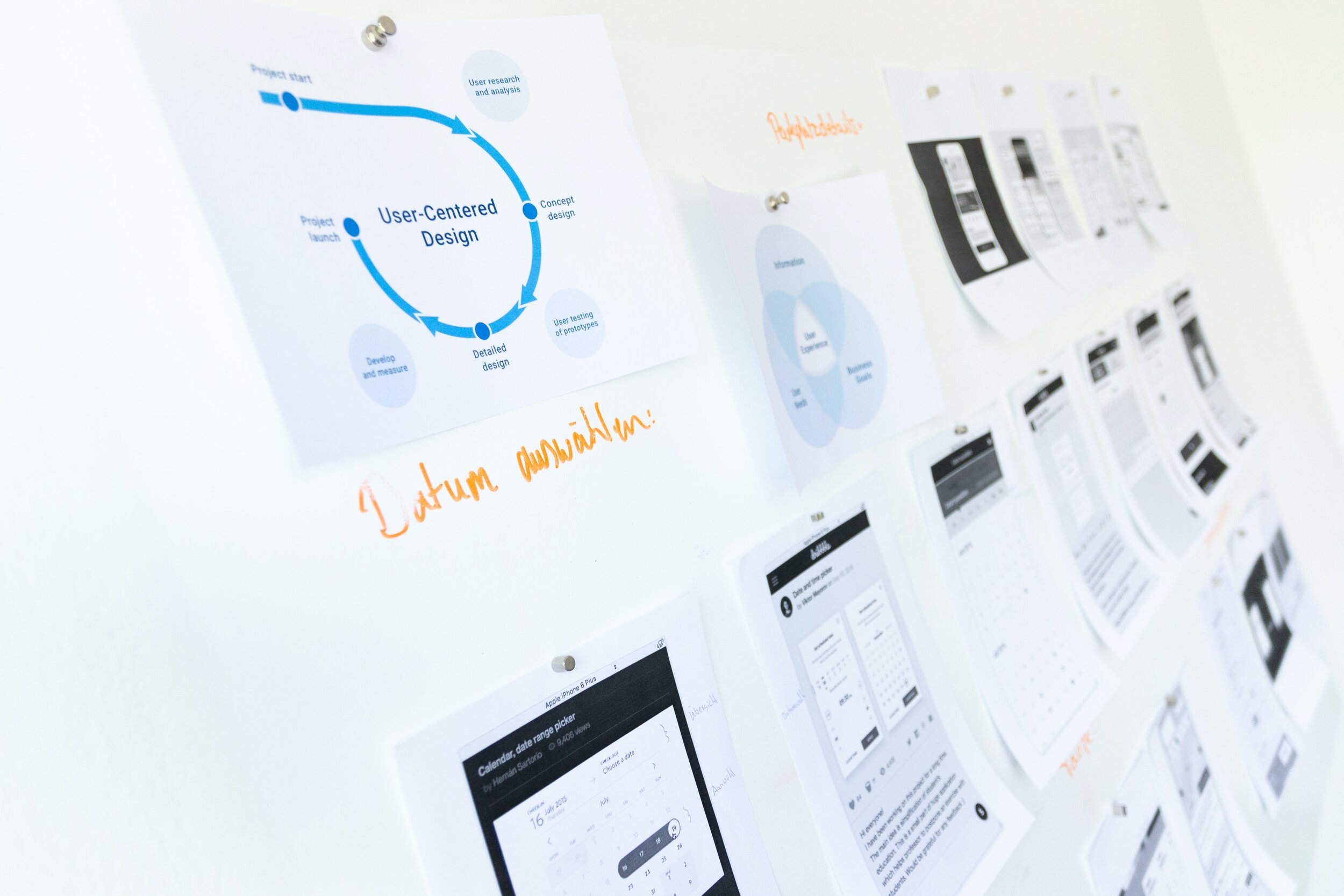Fraunhofer AICOS
Exploring the challenges and opportunities for a Fall Prevention application
While at Fraunhofer, I was one of the researchers working in a technological solution for fall risk screening and falls prevention. The project resulted from research proving that falls are one of the most common health related problems in the elderly population and they have a multifactorial origin.
The team at Fraunhofer was tasked with creating a technological solution for intervention purposes that could be used in three settings: clinics, senior care institutions and homes. The main goal of the tool was to perform standard fall risk assessment tests. Metrics were extracted from sensors and a pressure platform during the execution of specific exercises and the estimate of risk falling was calculated and given to the health providers.
One of the main challenges in this project was the complexity and variety of settings that the product had to accommodate. In-depth user interviews were conducted and subsequently, a prototype was created and evaluated by elderly people.
Platform
Desktop Application
Year
2015-2016
Research Outline
In-Depth User Interviews
Prototype Creation
Iterative Prototype Testing
Usability Testing

Research Approach
In-Depth User Interviews
For this project, we interviewed 6 senior citizens and 3 people working in senior care institutions. The interviews served as a starting point for the project and identified a number of pain points and opportunities.
Prototype Creation
I worked with a visual designer and created a prototype based on the insights we collected from user interviews and analysis technique.
Iterative Prototype Testing
The prototype went through an iteration phase. Every time new insights were found, the team would go back to the prototype and make the necessary changes.
Usability Testing
In order to evaluate the performance of the prototype, we conduct a series of moderated usability testing sessions with at least 10 participants each session. We took the customers through a series of tasks and scenarios to discover how easily they could navigate and use the prototype. The usability testing sessions provided much needed quantitative data to support the changes we made to the prototype.






























